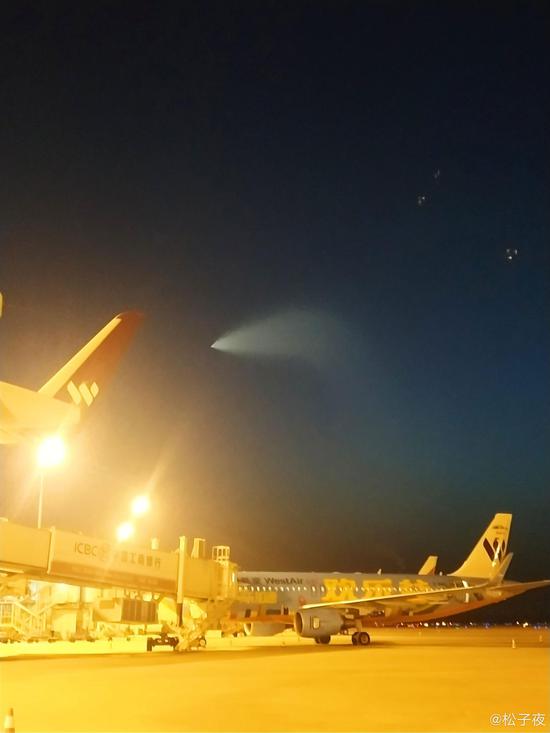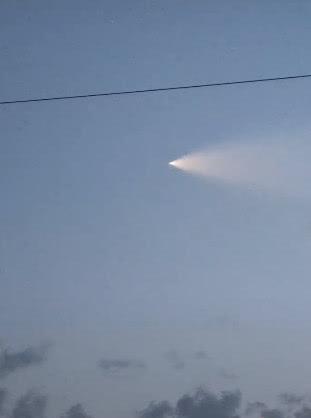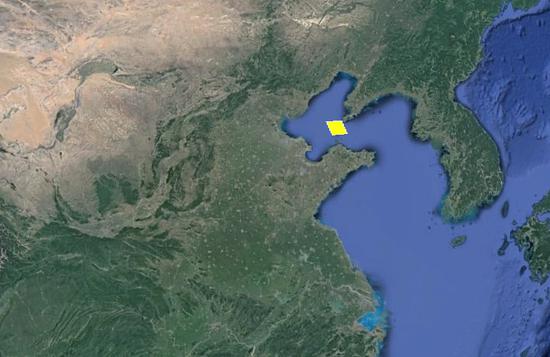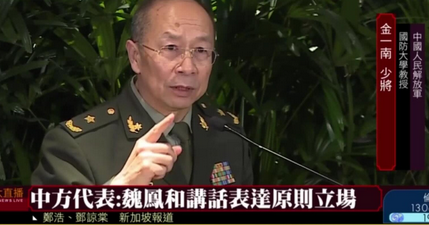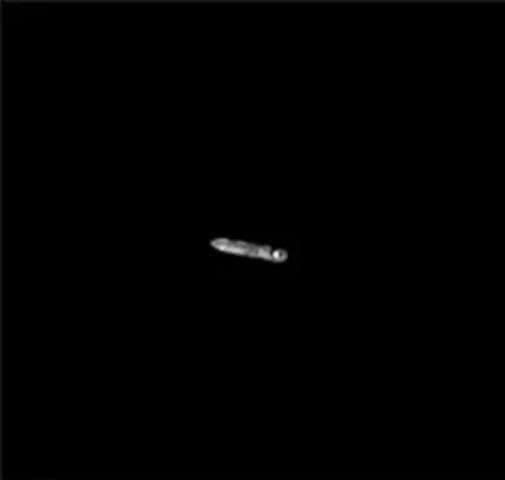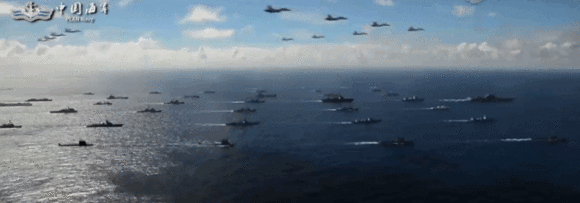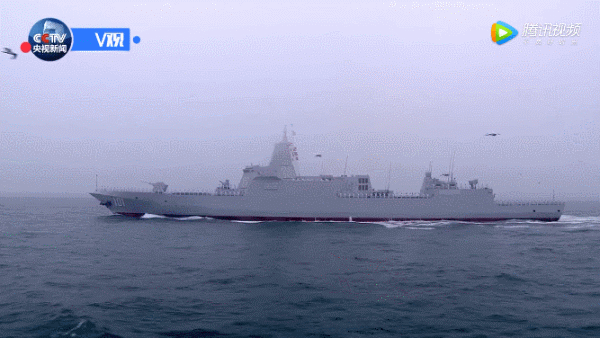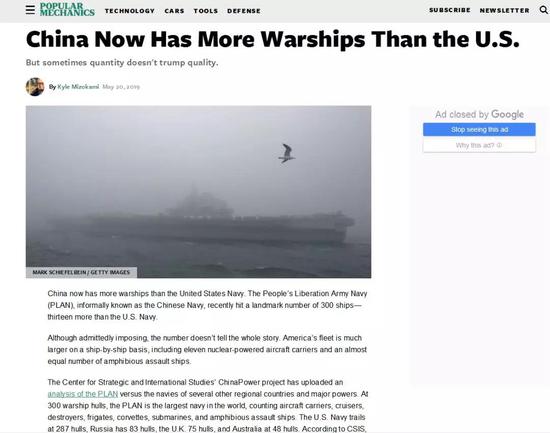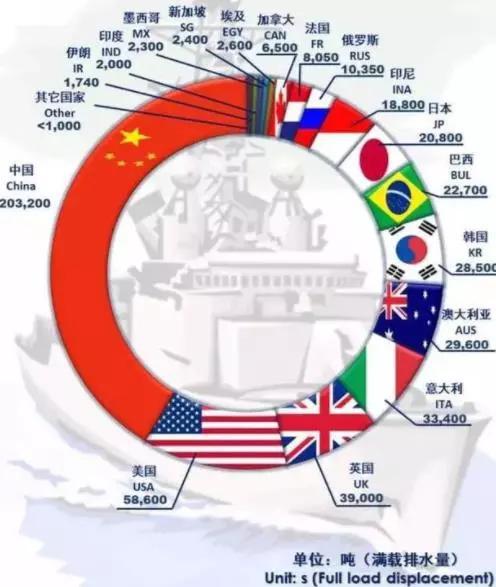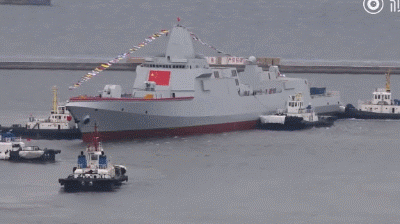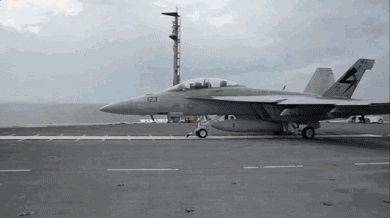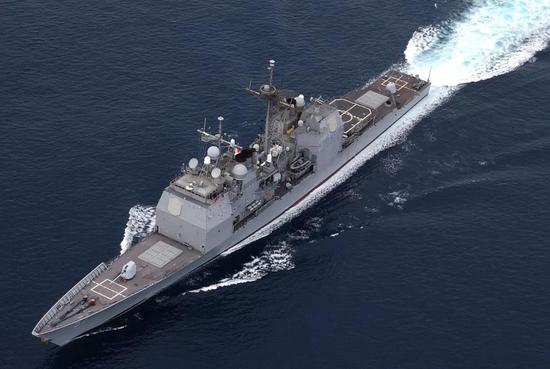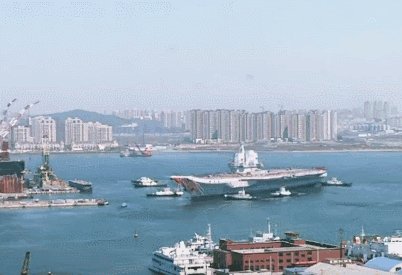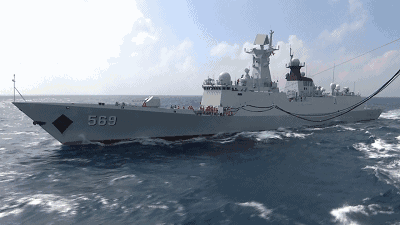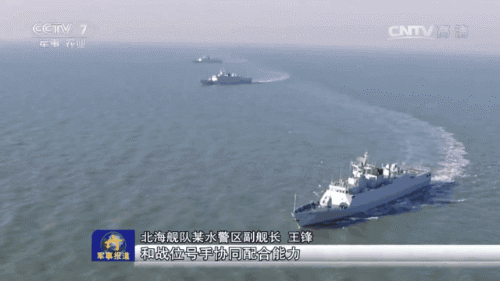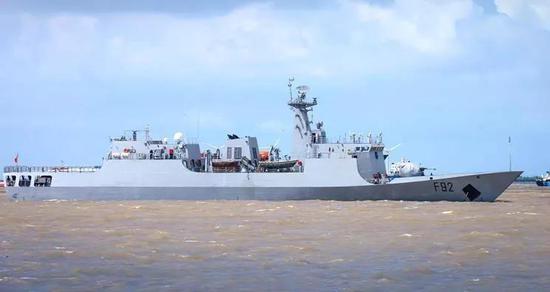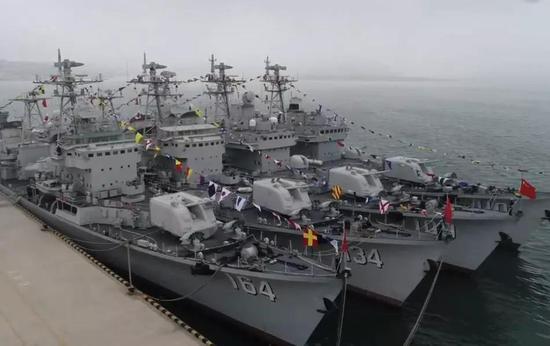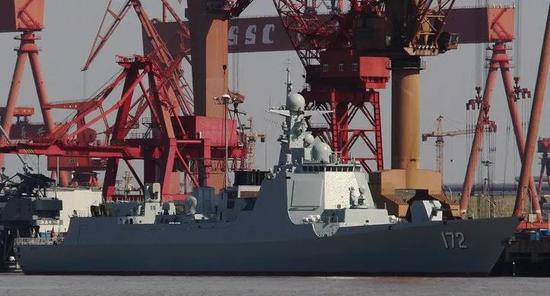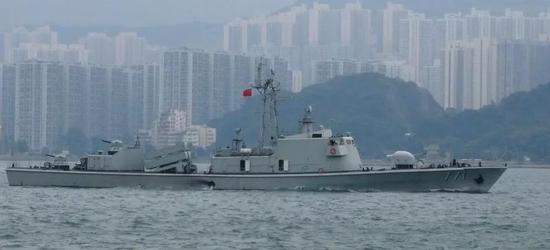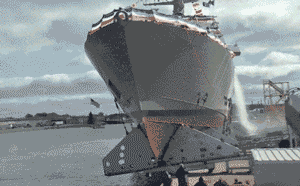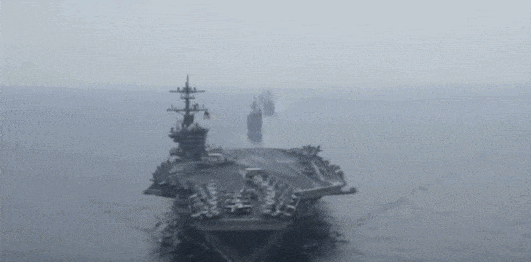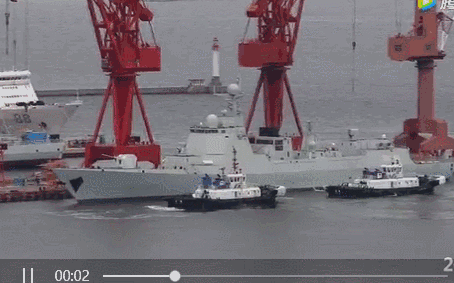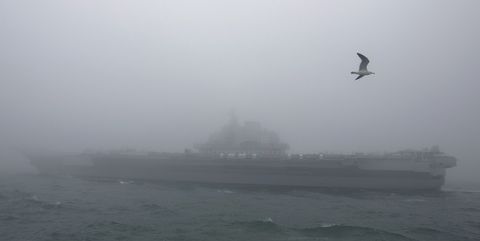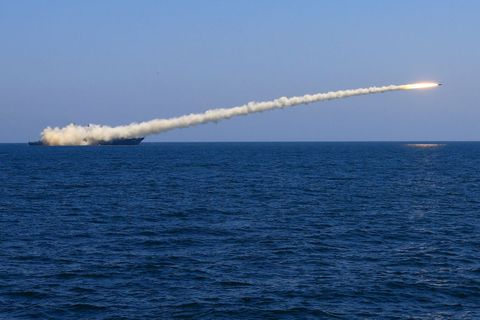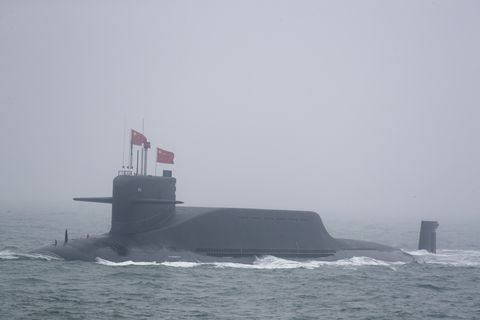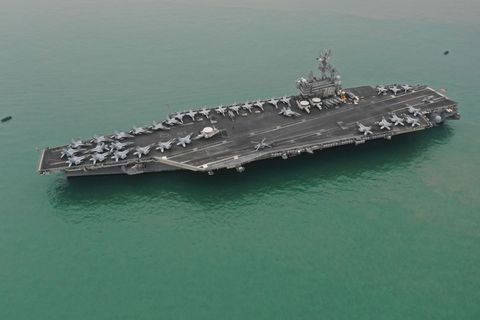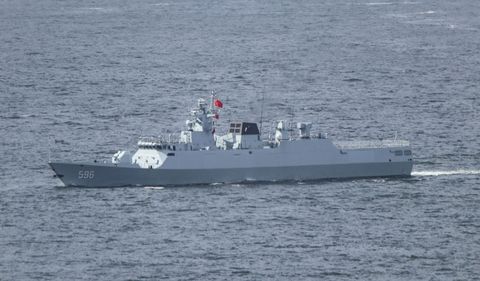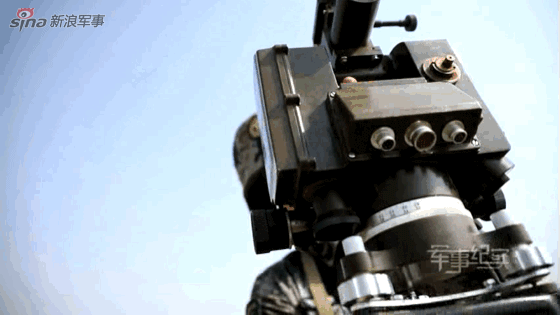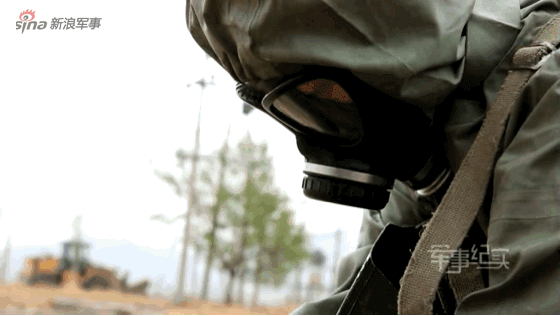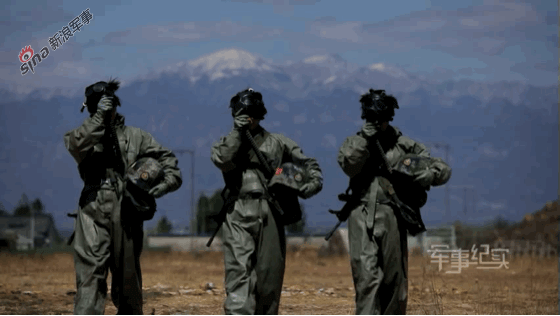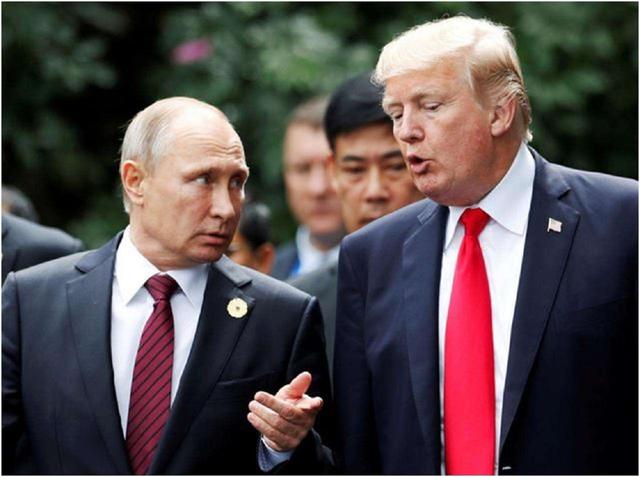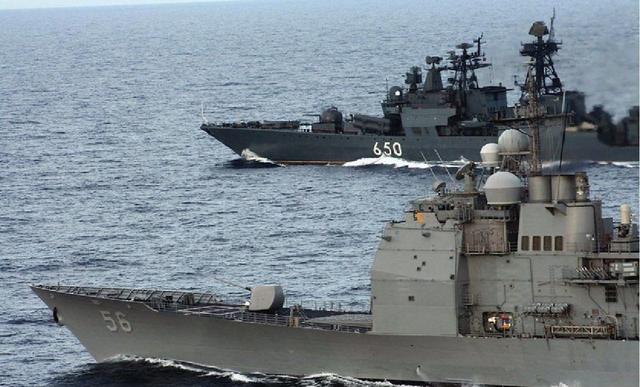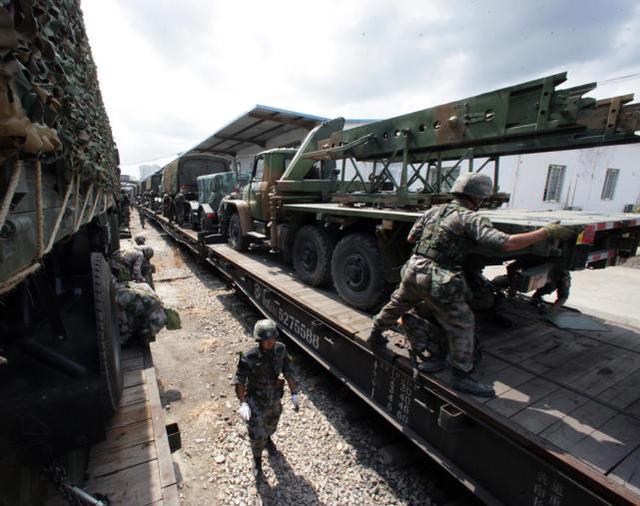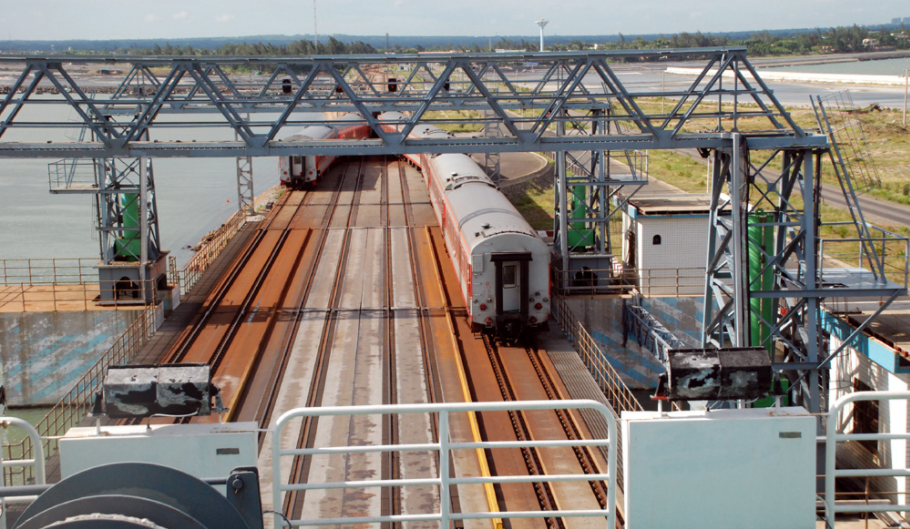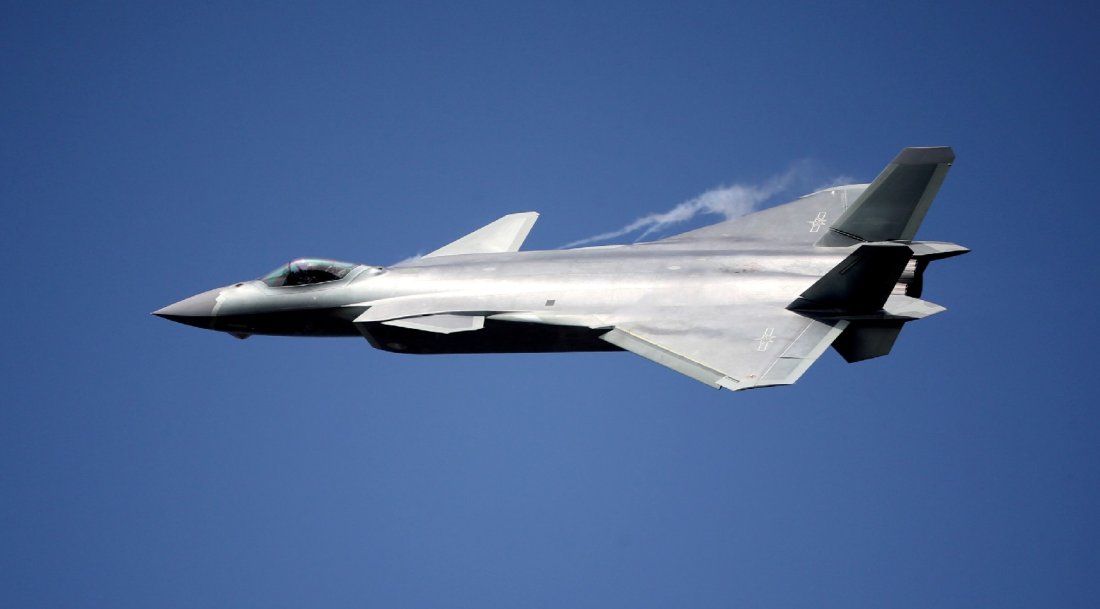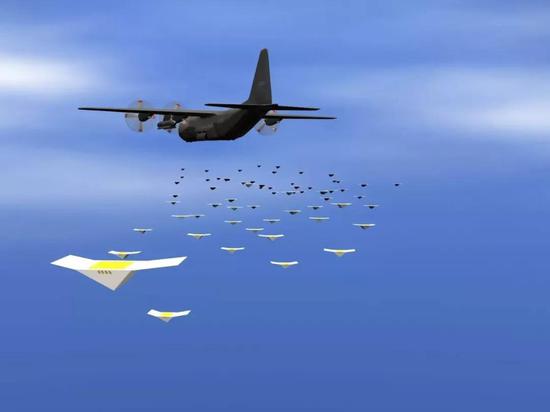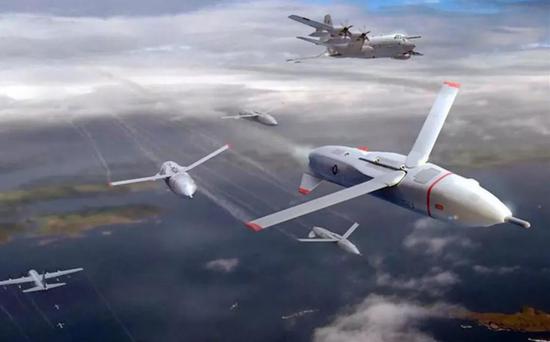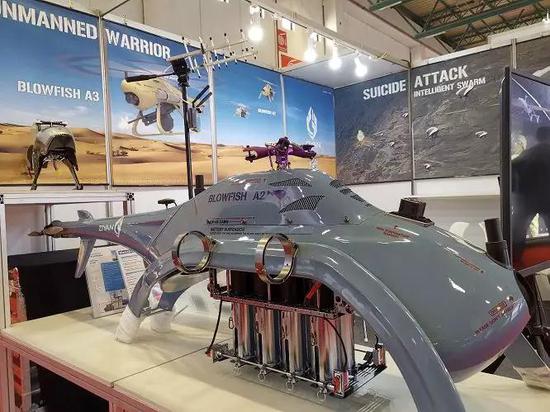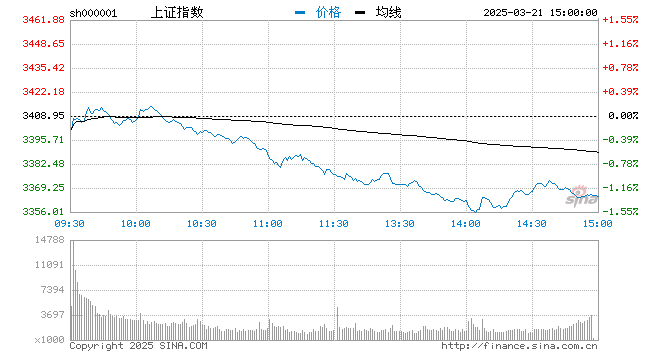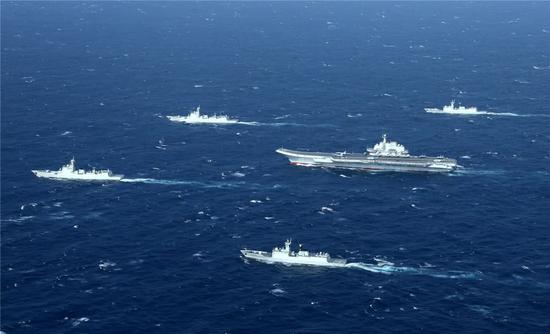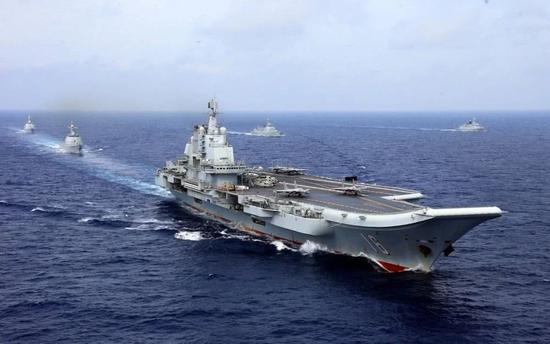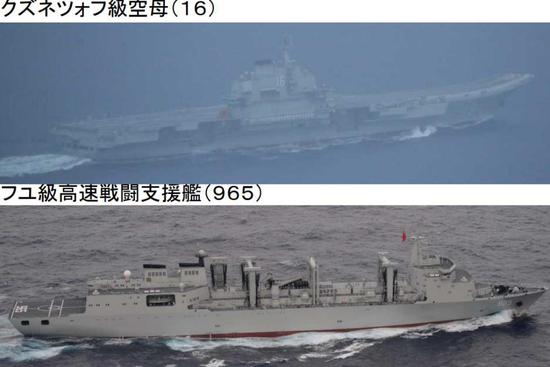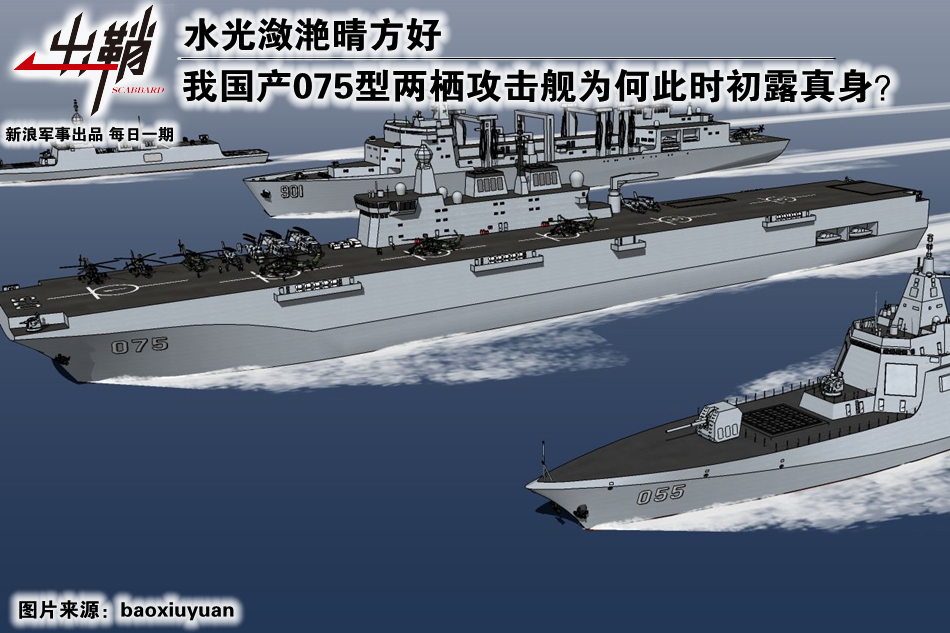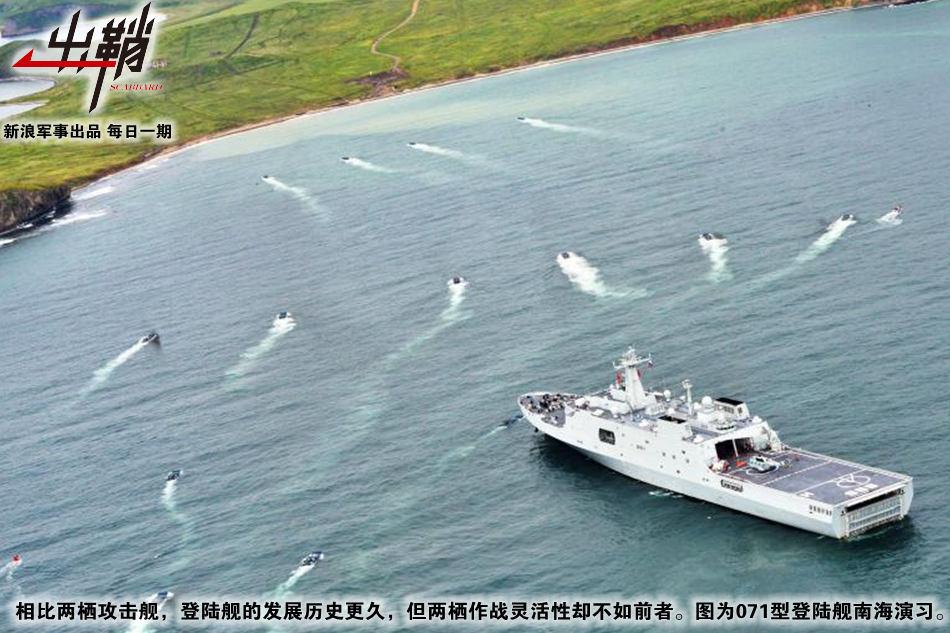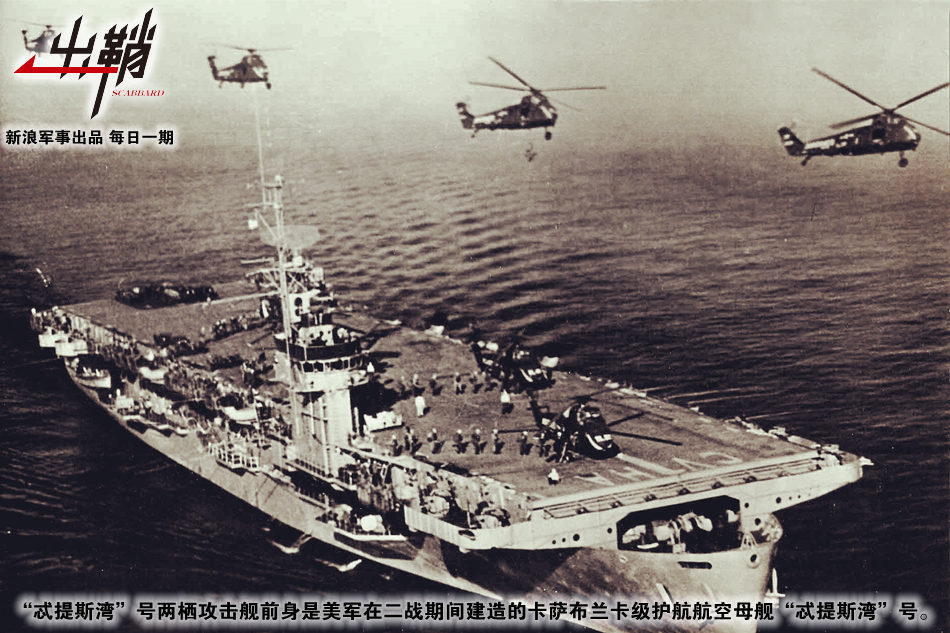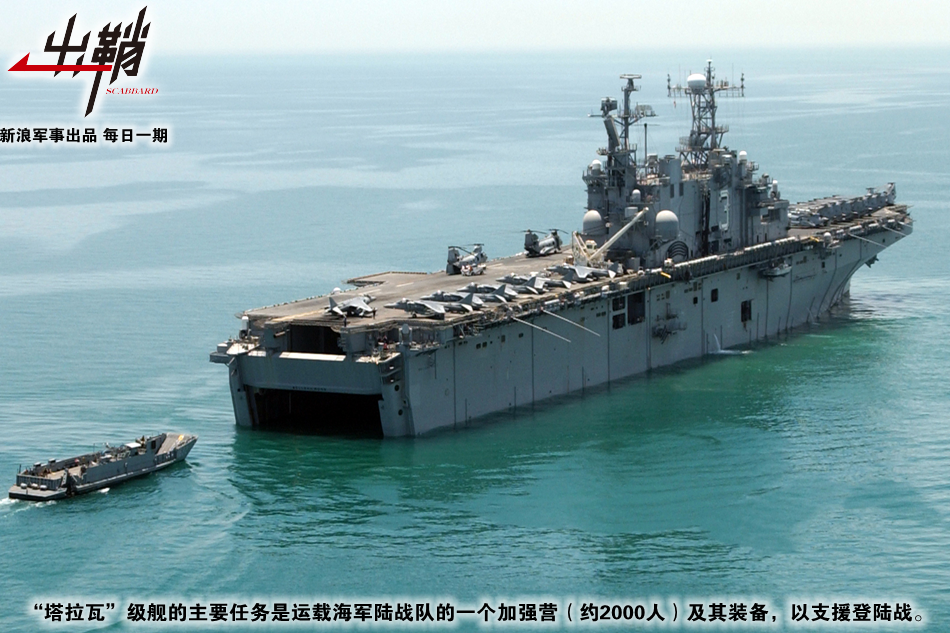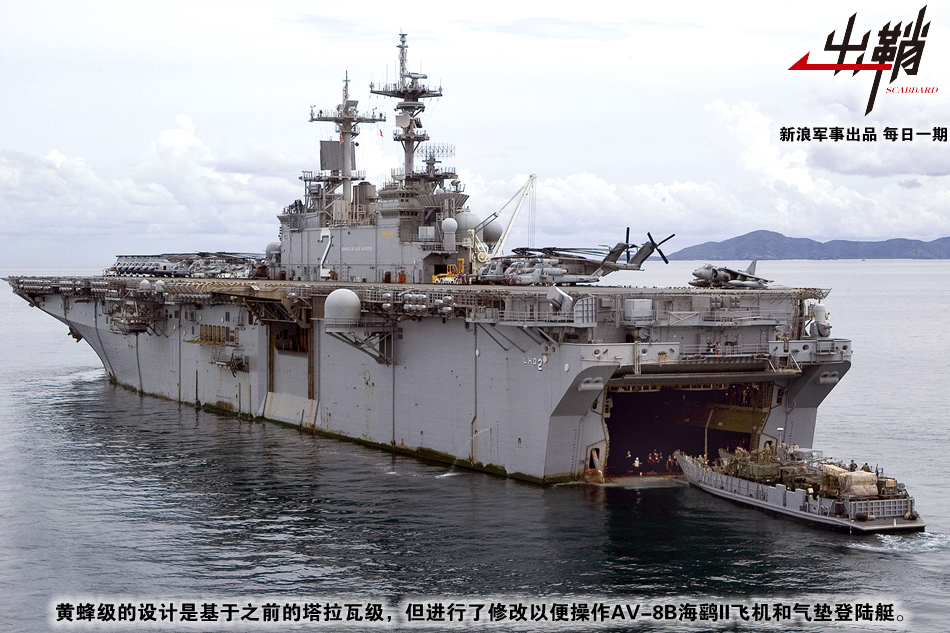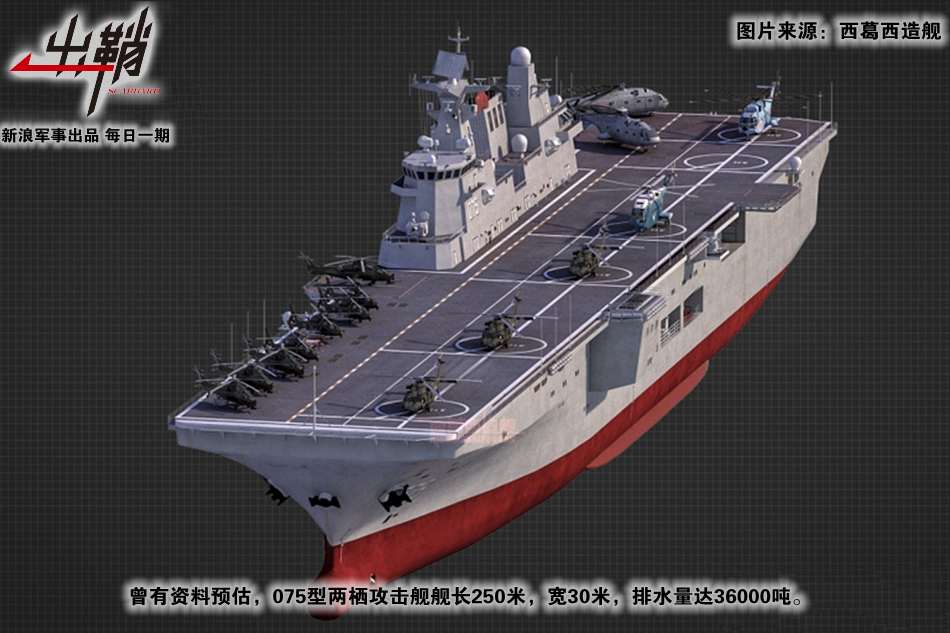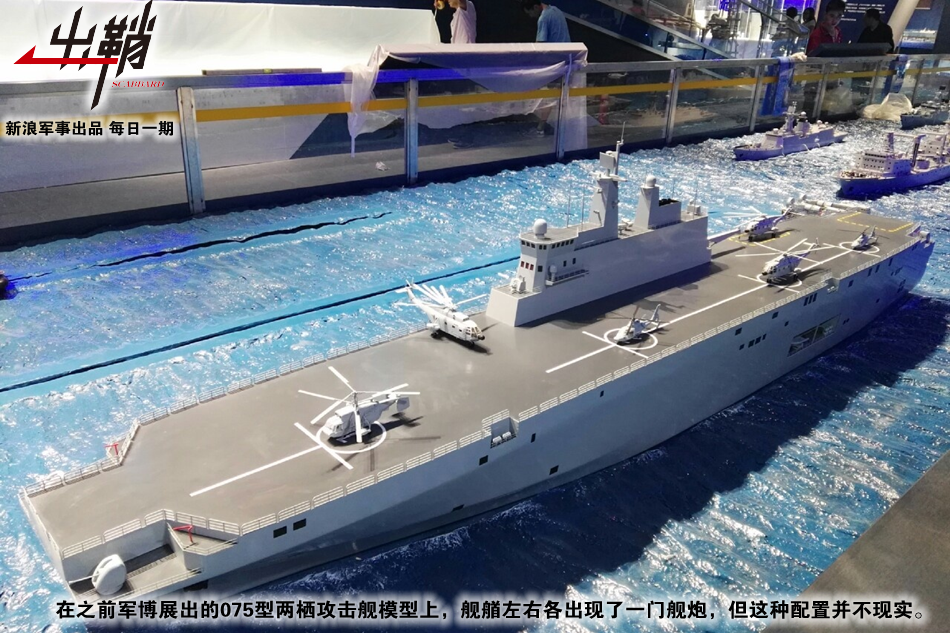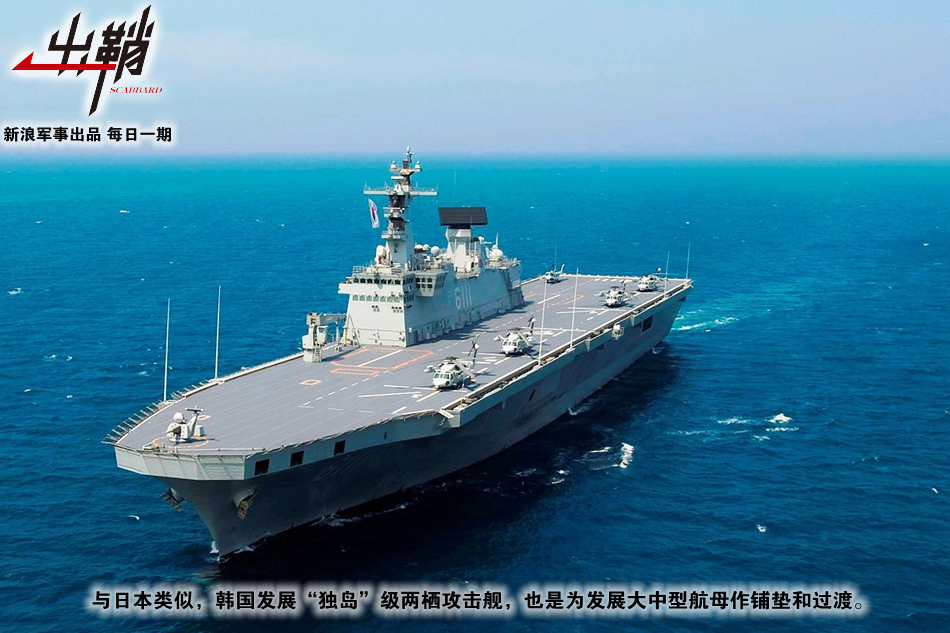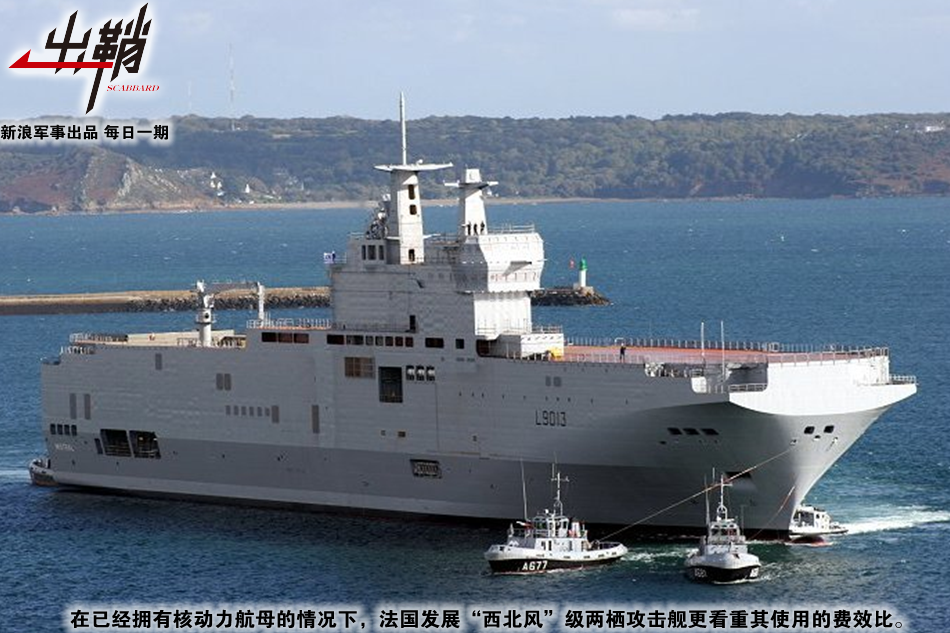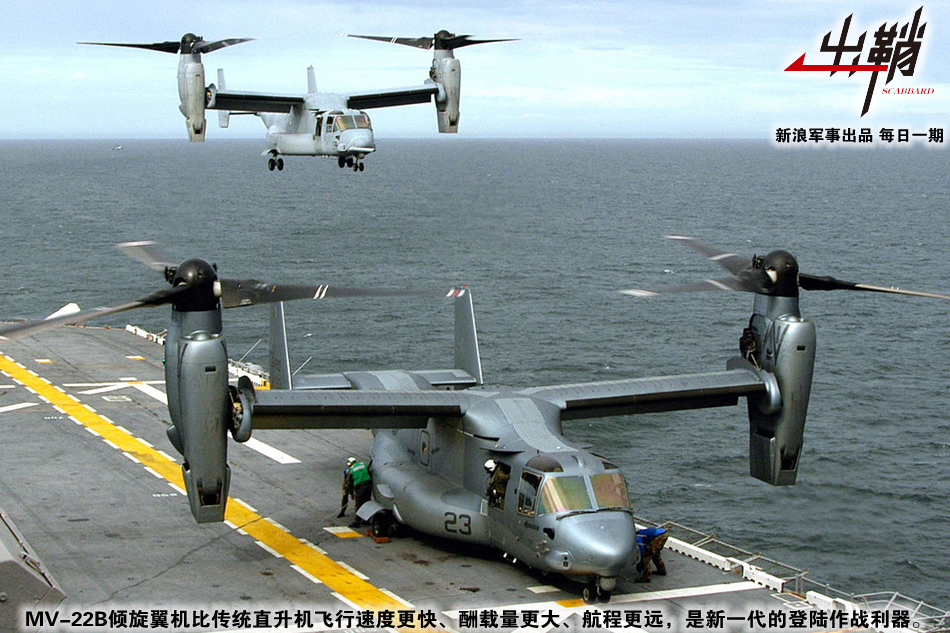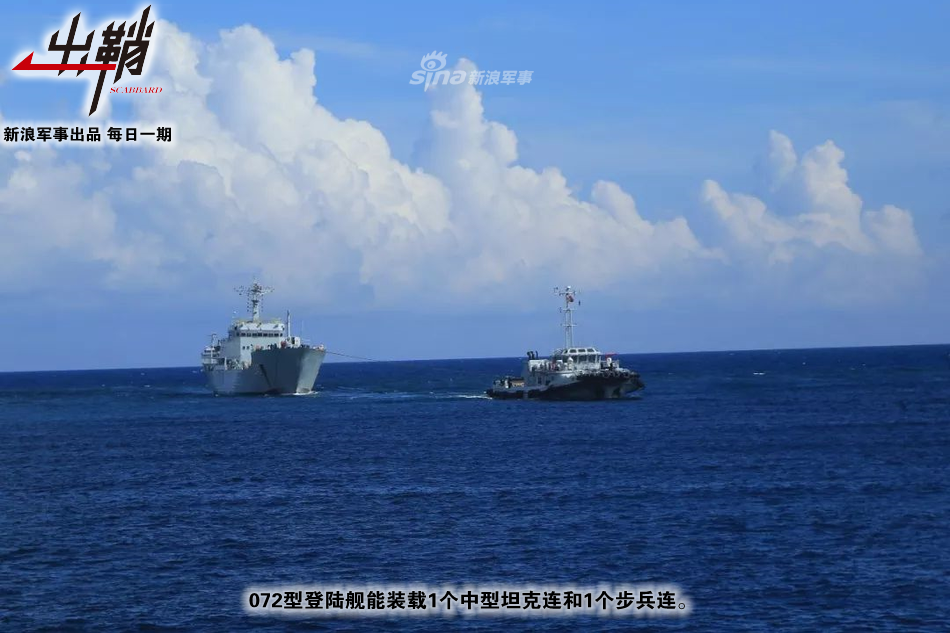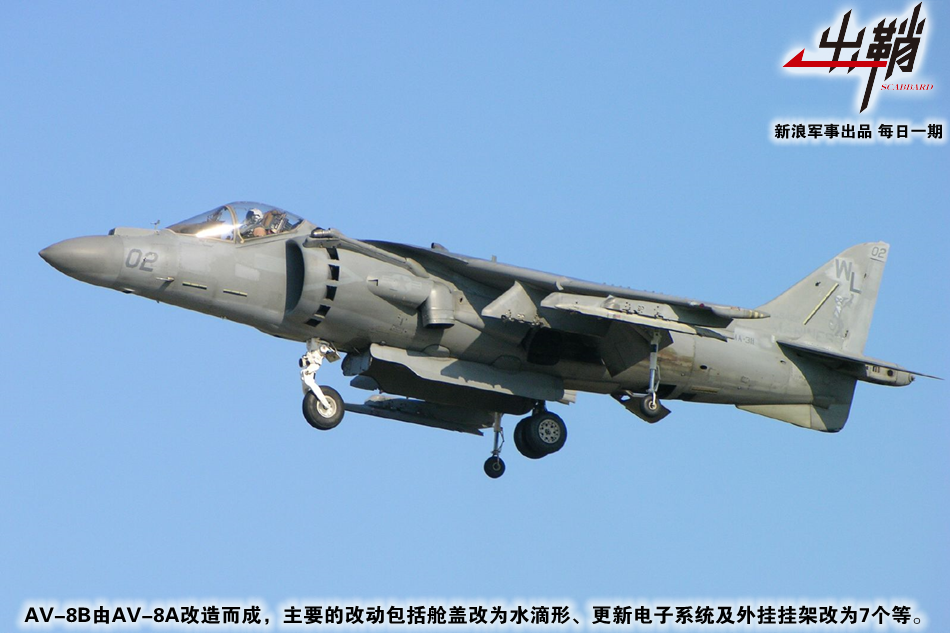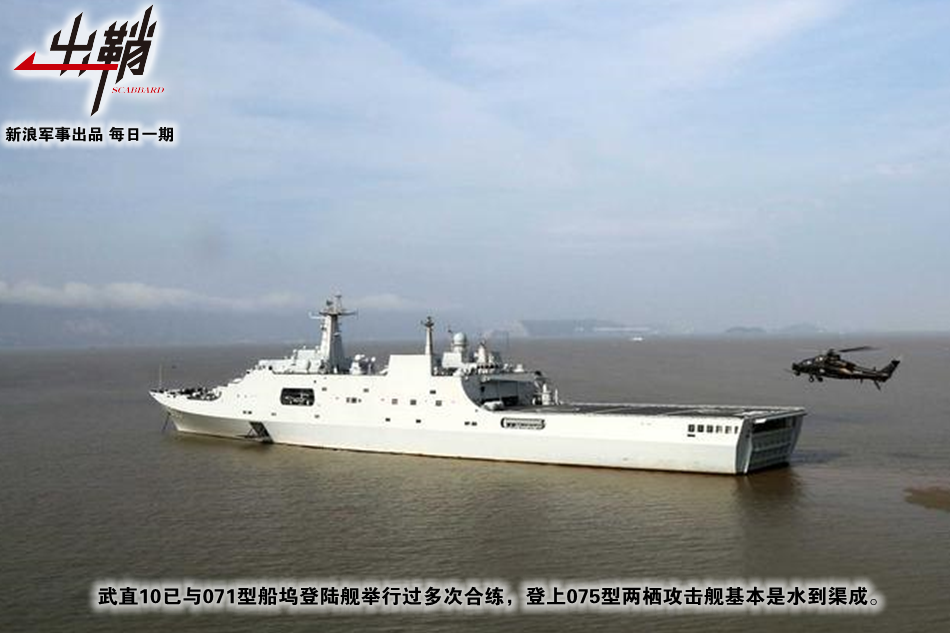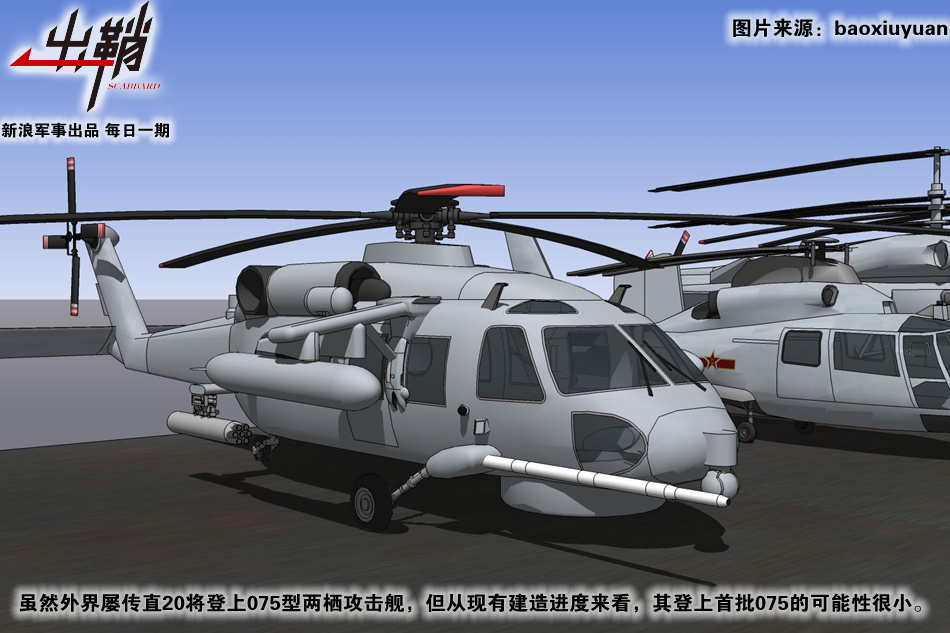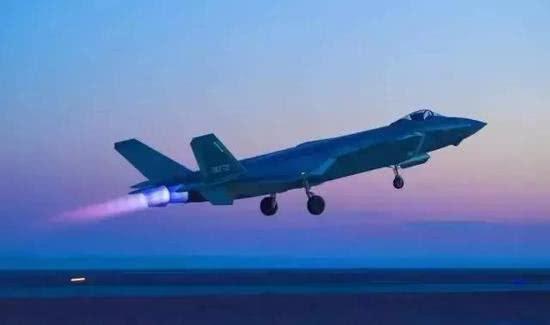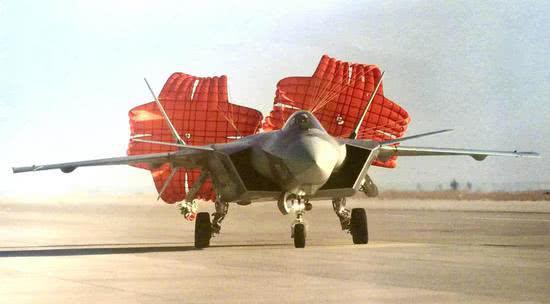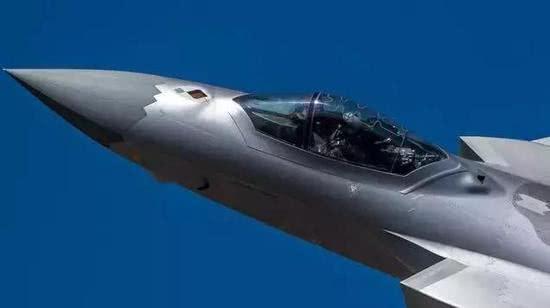GUN BOAT GAME? MAGA? Game Over!
PLA Total number of Naval Warship Fleet Strength today just exceeded US Navy! And still building at world's highest speed. They are expected 150 more warships. The number of aircraft carriers will also eventually exceed US Navy for sure.
https://mil.news.sina.com.cn/jssd/2019-06-03/doc-ihvhiqay3368982.shtml
外媒:中国军舰数量超美居第一 10年内还要再造150艘
外媒:中国军舰数量超美居第一 10年内还要再造150艘
79
中国海军舰艇数量世界第一,这意味着什么?
在不久前的庆祝人民海军成立70周年的海上阅兵式上,中国海军向世界展示了最新的发展成就,吸引了无数军迷与媒体的关注,中国海军的巨大进步也引发不少国外媒体的关注与讨论。
▲海上阅兵式上“南昌”号055型导弹驱逐舰接受检阅
近日,美国某网站发表《中国目前的军舰比美国多,但有时数量胜不过质量》的文章。称中国海军现役的军舰数量已超过美国海军,居世界第一位。舰艇数量最近时期达到了标志性的300艘比美国海军多13艘,是俄罗斯海军舰艇数(83艘)的3倍多。
▲2018年4月南海阅兵盛况
虽然重点放在了中国海军舰艇数量的高速增长上,不过文章也没有否认差距,文章表示美国的军舰体积更大,总吨位远超中国舰艇,在质量上美国海军也有更大优势。
▲美国网站刊登的原文截图
另需说明的是,就现阶段而言,中国海军与美国海军的战略目标在完全不同的情况下,两国海军之间是没有可比性的。
而文章仅仅是简单对比了两国军舰的数量和质量的不同,指明要阐述美国比中国的海军更加强大。并没有深入对比两国国情、军情、海军建设方向的差异,进而也没有分析产生这种不同情况的具体原因。
▲2018年各国舰艇总下水吨位统计图
不可否认,近年来中国海军也确实向国内两大造船厂下了海量的造舰订单,仅2018年全国下水了的舰艇总量就接近40艘。而服役的军舰数量在全球所有国家海军中名列第一位(22.5万多吨),相当于一年下水一个法国海军。
▲法国海军:“我好歹也是五常海军,怎么就成了计量单位了?”
而这种大规模的舰艇下水服役景象也被军迷们亲切的称为“下饺子”。
▲2018年7月两艘055型驱逐舰在大连造船厂下水
然而简单对比一下中美海军舰艇现状就不难发现,中国仍处于扩充补课的阶段:美国海军有11艘核动力航空母舰,每艘满载排水量达10万吨左右。
▲美国航母上舰载机弹射起飞
另有10艘黄蜂和美国级两栖攻击舰,每艘排水量约4万吨。还拥有22艘导弹巡洋舰和现役共计62艘的阿利伯克级驱逐舰等水面舰艇。实力当之无愧为世界最强。
▲美国海军提康德罗加级导弹巡洋舰“张伯伦湖”号
而中国海军只有2艘常规动力、采用滑跃起降方式的航空母舰,每艘满载排水量约6万吨,其中1艘还在海试尚未服役,在数量和技术上均不占上风。
▲首艘国产航母在大连造船厂下水景象
排水量约1.2万吨级的055型驱逐舰服役1艘,在建5艘,现役导弹驱逐舰总数约31艘,其他目前海试、舾装或在建中的盾舰有13艘。还有32艘054、054A型导弹护卫舰等其他舰只,在主力舰艇数量对比上明显要逊色一筹,需求缺口还是很大的。
▲054A型护卫舰569“玉林”号
那么舰艇数量总数世界第一是怎么来的呢?其实这主要归功于近年来大批量下水服役的056轻型护卫舰,它们的主要任务是近海防御和岛礁巡航,并为相关海上执法部门提供支持保障。
▲整齐停靠码头的056型轻型护卫舰
它们将逐步替换规模庞大、舰龄较长、技战术指标相对较低、难以适应现代作战任务的053H型护卫舰和037型猎潜艇等轻型水面舰艇。
▲056型轻型护卫舰演练
056轻型护卫舰系列已知下水建造和服役的数量,是海军现役舰艇种类中批量建造数量最多的。截至目前,056型轻型护卫舰已建造了52艘,最终建造数量可能会达到60艘。以至于舷号都已经捉襟见肘了。
▲2016年尼日利亚海军购买的056的外贸版P18N型巡逻舰“团结”号正在试航这是尼日利亚海军装备的吨位最大舰艇
通过多年发展改进,056轻型护卫舰成为世界上同吨位级别中,可执行防空、反舰、反潜作战,实力均衡,综合作战能力较强的战舰。因此受到很多财力有限的发展中国家青睐,目前已远销尼日利亚、孟加拉国。
▲5月16日在同一天光荣退役的051型四兄弟它们将会被052D、055型新舰接替
当然,“下饺子”的另一方面原因还有老旧舰艇的替换。就像总共建造了17艘的051型及其各种改进型舰艇,这些老兵还在不断的退役当中。截至目前,这些老旧的051型驱逐舰已替换的只剩2艘,而取代它们的将是更新的055型、052D型大驱了。
▲虽然052D已成“过气网红”但她绝对是主力
至于037型猎潜艇,中国海军当年总计建造了100多艘,包括各种改进型。而随着海军的快速发展,很多037型的早期型号已经退役。目前在海军水面舰艇部队中,估计还有20余艘037系列改进型导弹艇仍在服役。
▲隶属于解放军驻港部队的037II型导弹艇771“顺德”号
反观美国海军,早已退役了所有的护卫舰,装备宙斯盾系统的驱逐舰、巡洋舰是中坚力量。至于濒海战斗舰,则是用于在濒海近岸执行特种作战的舰艇,并非海军主力。
▲美国濒海战斗舰下水
随着近年来中国海军的建设水平和相关领域投入的提高,海军一系列的舰艇装备逐渐从原先“空潜快”为主的黄水海军,逐步转变为以航母为核心的大型水面舰艇和潜艇并重的深蓝海军发展。
▲美国海军航母编队联合演习
文章对中国海军的未来有着这样的预期:中国海军10年后将达到顶峰。在2017年的水平上,中国将再建造150多艘军舰…。这也意味着在未来相当长时间里,军舰“下饺子”将会成为令军迷感到司空见惯的日常。
▲这种大舰“排队下水”的景象将会成为日常
客观来说,中国海军舰艇数量跃居世界第一的成就是值得肯定的,但我们还是要正视与世界顶尖水平的差距。在到达顶峰前,我们仍然有很长的路要走。(作者署名:军武次位面)
Foreign media: The number of Chinese warships is over the first time in the first 10 years, and 150 more ships will be built.
Foreign media: The number of Chinese warships is over the first time in the first 10 years, and 150 more ships will be built.
79
What is the number of Chinese naval vessels in the world? What does this mean?
In the recent maritime military parade that celebrated the 70th anniversary of the founding of the People's Navy, the Chinese navy showed the latest development achievements to the world, attracting the attention of numerous military enthusiasts and the media. The tremendous progress of the Chinese navy has also attracted the attention of many foreign media. And discussion.
▲The "Nanchang" No. 055 guided missile destroyer on the sea parade was reviewed
Recently, a website in the United States published an article entitled "China's current warships are more than the United States, but sometimes the number is better than the quality." It is said that the number of warships currently in service in the Chinese Navy has surpassed that of the US Navy, ranking first in the world. The number of ships in the recent period has reached the iconic 300 ships 13 more than the US Navy, more than three times the number of Russian naval ships (83 ships).
▲The South China Sea parade in April 2018
Although the focus is on the rapid growth of the number of Chinese naval vessels, the article does not deny the gap. The article indicates that the US warships are larger and the total tonnage far exceeds that of Chinese ships. The US Navy also has a greater advantage in quality.
▲ original screenshot of the US website
It should also be noted that at this stage, the strategic objectives of the Chinese Navy and the US Navy are completely different, and there is no comparability between the two navies.
The article simply compares the difference in the quantity and quality of the warships between the two countries, and points out that the United States is more powerful than the Chinese navy. There is no in-depth comparison between the two countries' national conditions, military conditions, and naval construction direction, and thus the specific reasons for this different situation are not analyzed.
▲Statistic map of the total tonnage of ships in various countries in 2018
It is undeniable that in recent years, the Chinese Navy has indeed placed a large number of shipbuilding orders with the two major shipyards in China. In 2018, the total number of ships launched in the country was close to 40. The number of warships in service ranks first among the navies of all countries in the world (more than 225,000 tons), equivalent to one French navy in a year.
▲ French Navy: "I am also a Wuchang Navy, how can it become a unit of measurement?"
The scene of this large-scale ship launching service was also nicknamed "Dumplings" by military fans.
▲In July 2018, two Type 055 destroyers were launched at Dalian Shipyard
However, it is not difficult to find a simple comparison between the Chinese and American naval vessels. China is still in the stage of expanding the remedial course: the US Navy has 11 nuclear-powered aircraft carriers, each with a full displacement of about 100,000 tons.
▲ US aircraft carrier onboard aircraft ejected off
There are also 10 wasps and US-class amphibious assault ships, each with a displacement of about 40,000 tons. It also has 22 guided missile cruisers and 62 surface-class Alibek-class destroyers in active service. Strength is deserved to be the strongest in the world.
▲ US Navy Ticondero Plus guided cruiser "Zhang Bolun Lake"
The Chinese Navy has only two conventional aircraft carriers with a slewing and take-off approach. Each full-load displacement is about 60,000 tons, and one of them is still not in service at sea trials, and it does not prevail in terms of quantity and technology.
▲The first domestic aircraft carrier was launched in Dalian Shipyard
The Type 055 destroyer with a displacement of about 12,000 tons is engaged in one service, and five ships are under construction. The total number of active guided missile destroyers is about 31. There are 13 other sea-ship, armored or under construction shield ships. There are also 32 other 054, 054A missile frigates and other ships, which are obviously inferior in the comparison of the number of main ships, and the demand gap is still very large.
▲ 054A type frigate 569 "Yulin"
So how does the total number of ships in the world come from? In fact, this is mainly due to the 056 light frigates that have been commissioned in large quantities in recent years. Their main tasks are offshore defense and island reef cruises, and provide support for relevant maritime law enforcement agencies.
▲ 056 type light frigate docked at the dock
They will gradually replace light surface ships such as the 053H frigate and the 037 type submarine, which are large in scale, long in ship age, relatively low in technical and tactical indicators, and difficult to adapt to modern combat missions.
▲056 type light frigate drill
The 056 light frigate series is known for the number of launching and service operations, and is the largest number of mass-built ships in the Navy. Up to now, 52 types of light frigates have been built, and the final construction may reach 60. As a result, the number of the ship has been stretched.
▲The foreign trade version of the P056N patrol ship "Unity" purchased by the Nigerian Navy in 2016 is being tested. This is the largest tonnage ship of the Nigerian navy.
Through years of development and improvement, the 056 light frigate has become a warship of the same tonnage level in the world, capable of performing air defense, anti-ship, anti-submarine warfare, balanced strength and strong comprehensive combat capability. Therefore, it is favored by many developing countries with limited financial resources, and has been exported to Nigeria and Bangladesh.
▲The 051 type four brothers who retired on the same day on May 16 will be replaced by the 052D and 055 new ships.
Of course, another reason for "dumpling" is the replacement of old ships. Just like the construction of a total of 17 models of the 051 and its various improved ships, these veterans are still retiring. As of now, only two of these old Type 051 destroyers have been replaced, and the replacement for them will be the updated 055 and 052D drives.
▲Although 052D has become “over-the-net red”, she is definitely the main force.
As for the Type 037 submarine, the Chinese Navy built more than 100 ships in the same year, including various improvements. With the rapid development of the Navy, many early models of the 037 have been retired. Currently, more than 20 037 series improved missile boats are still in service in the Navy surface ships.
▲ "Shunde" 037II missile boat belonging to the PLA stationed troops in Hong Kong
On the other hand, the US Navy has already retired all the frigates, and the destroyers and cruisers equipped with the Aegis system are the backbone. As for the Littoral Combat Ship, it is a ship used to carry out special operations on the nearshore of the Bohai Sea. It is not the main force of the Navy.
▲The US Littoral Combat Ship launched
With the construction of the Chinese navy and the increase in investment in related fields in recent years, the Navy's series of warship equipment gradually changed from the original "empty and fast" Huangshui Navy to a large surface ship and submarine with the aircraft carrier as the core. Equal emphasis on the development of the deep blue navy.
▲ US Navy aircraft carrier formation joint exercise
The article has such an expectation for the future of the Chinese navy: the Chinese Navy will reach its peak 10 years later. At the level of 2017, China will build more than 150 warships... This also means that for a long time in the future, the warship "under the dumplings" will become a daily routine that military fans feel commonplace.
▲The scene of this big ship "queuing the water" will become a daily routine.
Objectively speaking, the achievements of the number of Chinese naval vessels in the world are worthy of recognition, but we still have to face up to the gap with the world's top level. We still have a long way to go before we reach the summit. (Author's signature: military martial plane)
https://www.reuters.com/investigates/special-report/china-army-navy/
 The China Challenge
The China Challenge
The China challenge
Ruling the Waves
China’s vast fleet is tipping the balance in the Pacific
The Chinese navy, which is growing faster than any other major fleet, now controls the seas off its coast. Once dominant, the United States and its allies sail warily in these waters. A former U.S. naval officer says China's advances have caught America napping.
By
DAVID LAGUE in TAIPEI and BENJAMIN KANG LIM
Graphics by WEIYI CAI, HAN HUANG and SIMON SCARR
Illustrations by CHRISTIAN INTON
Filed April 30, 2019, 11 a.m. GMT
中文 (Read in Chinese) |
日本語版 (Read in Japanese)
A generation ago, from mid-1995 into early 1996, China lobbed missiles in the waters around Taiwan as the self-governing island prepared to hold its first fully democratic presidential election. Washington forcefully intervened to support its ally, sending two aircraft carrier battle groups to patrol nearby. The carriers, then as now the spearhead of American power, intimidated Beijing. The vote went ahead. The missiles stopped.
Today, with tension again running high, Washington still backs Taiwan. Chinese President Xi Jinping on January 2 renewed Beijing’s longstanding threat to use force if necessary to restore mainland control over the island. But the United States is now sending much more muted signals of support.
On Sunday, American ships sailed through the Taiwan Strait. This was the seventh passage of U.S. warships through the narrow, strategically sensitive waterway since July. Each time, though, just two U.S. vessels have ventured through; this week, it was a pair of destroyers. No powerful flotillas and certainly no aircraft carriers. It has been more than 11 years since an American carrier traversed the Taiwan Strait.
“The Trump administration faces a dilemma,” said Chang Ching, a retired Taiwan naval captain and researcher at the Taipei-based Society for Strategic Studies. “They want to send smart, calibrated signals to Beijing without causing an overreaction or misunderstanding.”
This caution is typical of the restraint the U.S. and allied navies, including Japan and Australia, now display in international waters near the Chinese coast, according to more than 10 current and former senior U.S. and Western military officials.
China now rules the waves in what it calls the San Hai, or “Three Seas”: the South China Sea, East China Sea and Yellow Sea. In these waters, the United States and its allies avoid provoking the Chinese navy.
Beijing
Chinese naval bases
U.S. military bases
JAPAN
Yellow
Sea
Qingdao
North Sea Fleet
headquarters
CHINA
East
China
Sea
Ningbo
East Sea Fleet
headquarters
Okinawa
TAIWAN
Zhanjiang
South Sea Fleet
headquarters
South
China
Sea
Pacific Ocean
Guam
PHILIPPINES
500 km
Sources: Federation of American Scientists (FAS); U.S. Navy; United States Forces Japan; United States Forces Korea; U.S Department of Defense; Marine Regions, Flanders Marine Institute; Natural Earth
In just over two decades, the People’s Liberation Army (PLA), the Chinese military, has mustered one of the mightiest navies in the world. This increased Chinese firepower at sea - complemented by a missile force that in some areas now outclasses America’s - has changed the game in the Pacific. The expanding naval force is central to President Xi Jinping’s bold bid to make China the preeminent military power in the region. In raw numbers, the PLA navy now has the world’s biggest fleet. It is also growing faster than any other major navy.
“We thought China would be a great pushover for way too long, and so we let them start the naval arms race while we dawdled,” said James Holmes, a professor at the U.S. Naval War College and a former U.S. Navy surface warfare officer.
China’s Ministry of National Defense, the U.S. Indo-Pacific Command and the Pentagon did not respond to questions from Reuters.
China’s expanding navy
Modern
submarines
50 vessels
Modern
frigates
40
30
Modern
destroyers
20
10
0
1985
1990
1995
2000
2005
2010
2016
2018
Sources: Center for Strategic and International Studies (CSIS); International Institute for Strategic Studies (IISS)
For the United States, the stakes are now much higher in any operation to support its regional allies, including Japan and Taiwan. America now faces daunting obstacles to any efforts to reinforce heavily outgunned Taiwan in a crisis. Beijing regards Taiwan as a renegade province and is currently building an amphibious force that could give it the capacity to launch an invasion of the island.
Senior Asian defense and security officials say the PLA’s naval advances have introduced a new uncertainty in such scenarios: If Beijing can sow serious doubt about whether Washington will intervene against China, it would undermine the value of U.S. security guarantees in Asia.
In November, a bipartisan commission set up by Congress to review the Trump administration’s national defense strategy reported that in a war with China over Taiwan, “Americans could face a decisive military defeat.”
As China gains confidence that it can dominate its near seas, it intends to challenge the dominance of the U.S. Navy in distant waters, too, in the Western Pacific and Indian Ocean, according to U.S and Chinese military officials.
A fleet of Chinese vessels escorts the aircraft carrier Liaoning, a refurbished former Soviet-era vessel, in the South China Sea in March last year. Planet Labs/Handout via REUTERS
Satellite imagery of Chinese dockyards, reports in China’s state-controlled media and assessments of U.S. and other foreign naval experts show the PLA navy is expanding as fast as shipyards can weld hulls together. This emerging blue water fleet was just a dream for the early commanders of the communist navy born in 1949, during the closing stages of the nation’s civil war. Then, the People’s Liberation Army assembled a motley collection of conscripted fishing boats and vessels defecting from the Nationalists.
Since 2014, China has launched more warships, submarines, support ships and major amphibious vessels than the entire number of ships now serving in the United Kingdom’s fleet, according to an analysis from the London-based International Institute for Strategic Studies published in May last year. Between 2015 and 2017, China launched almost 400,000 tonnes of naval vessels, about twice the output of U.S. shipyards in that period, the IISS said.
China overtakes America
400,000 tonnes
Chinese naval shipyards have accelerated their output in recent years
300,000
U.S.
200,000
100,000
CHINA
0
’00-’02
’03-’05
’06-’08
’09-’11
’12-’14
’15-’17
Source: International Institute for Strategic Studies (IISS)
The PLA navy now has about 400 warships and submarines, according to U.S. and other Western naval analysts. By 2030, the Chinese navy could have more than 530 warships and submarines, according to a projection in a 2016 U.S. Naval War College study.
A shrunken and overworked U.S. Navy, which has ruled the oceans virtually unchallenged since the end of the Cold War, had 288 warships and submarines at the end of March, according to the Pentagon.
Globally, the U.S. Navy remains the dominant maritime force, the power that keeps the peace and maintains freedom of navigation on the high seas. Chinese military and political figures say that while their nation’s fleet has more ships, America has more powerful ones, and overall supremacy at sea.
“The Chinese navy is at least three decades behind the United States,” a retired Chinese naval officer told Reuters, requesting anonymity. “It is too early for the United States to fret.”
China, however, has established dominance in the waters closest to its coast.
Ending China’s humiliation
The regular, highly publicized launch of new warships is a powerful political weapon for Xi Jinping. For a domestic audience, modern aircraft carriers, destroyers and submarines are hard evidence that what Xi describes as the “Chinese dream,” his vision of a strong, rejuvenated nation, is becoming reality.
Almost immediately after taking power in late 2012, Xi began a series of high profile visits to naval bases and voyages at sea on sleek, new warships. In documentary footage and news reports, he is piped aboard to the salutes of immaculately turned out officers and crew. Underway, he peers into the distance from the bridge through bulky naval binoculars, climbs ladders between decks and shares meals with sailors.
Last spring, he watched a giant exercise in the South China Sea, where a flotilla of 48 warships assembled in formation. Half of these vessels had been commissioned since Xi took power, state-controlled media reported. The highlight was the launch of jet fighters from China’s first aircraft carrier: the 60,000-tonne Liaoning, a refurbished Soviet-era flat top that has served as a test bed for carrier operations. The Chinese navy has launched a second carrier as well, which is now in sea trials and expected to join the fleet this year, according to U.S. officials.
China’s first aircraft carrier, the Liaoning, takes part in a military display in the South China Sea in April last year, accompanied by warships and fighter jets. REUTERS/Stringer
A key message in the official coverage of Xi’s voyages: A vigilant navy under his command will guard against a repeat of the century of humiliation that began with the First Opium War in 1839, and during which European colonial powers and Japanese invaders took cruel advantage of a vulnerable China.
Every Chinese school child learns that China’s suffering arose partly because of the lack of a modern navy. Infamously, in the final years of the Qing Dynasty, the Empress Dowager diverted funds earmarked for naval modernization to building a new Summer Palace. This contributed to China’s heavy defeat in the 1894-95 war with Japan, in which a rising Japanese navy smashed the Chinese fleet.
While Beijing’s repeated references to these past humiliations have propaganda value, invasion is now regarded as a highly unlikely threat, according to military strategy documents published by the Chinese government. Instead, China needs to prepare for high intensity conflict in its near seas, these documents say.
It is not spelled out exactly how these conflicts would arise. But officers from the U.S. and other foreign militaries say they have no doubt Beijing is referring to clashes over Taiwan or disputed territories in China’s near seas. This strategy is driving a shift away from Beijing’s traditional emphasis on land forces. It marks a historic transformation for an ancient continental power that for millenia feared armies encroaching overland from the north and west.
Chinese sailors peer inside a military vessel featuring a picture of Chinese President Xi Jinping, during an open day celebrating the 19th anniversary of Hong Kong's handover to Chinese sovereignty from British rule (top); Chinese troops patrol in the Spratly Islands, known in China as the Nansha Islands. The sign reads, “Nansha is our national land, sacred and inviolable.” (bottom left); Soldiers of the PLA Marine Corps train at a military base in the western region of Xinjiang (bottom right). REUTERS/Stringer
Xi has elevated the status of the navy within what is the world’s biggest military. In an unprecedented move for what has been an army-dominated force, a senior naval officer, Vice Admiral Yuan Yubai, was appointed in 2017 to head China’s Southern Theater Command, one of the country’s five regional commands.
Under Xi, the Communist Party has also opened the funding tap. Between 2015 and 2021, total military outlays are projected to jump 55 percent from $167.9 billion to $260.8 billion, according to a report last year that the U.S.-China Economic and Security Review Commission ordered from Jane’s By IHS Markit, a defense information company. Over the same period, the navy’s share of this budget is expected to increase 82 percent, from $31.4 billion to $57.1 billion, the report said.
The Chinese leader has set a clear direction for the navy to become a truly global force that would protect the country’s vast seaborne trade and expanding international interests. In its 2015 White Paper on defense, China said its navy would gradually shift its focus from defending its offshore waters to operations in the open seas.
For now, many of China’s warships are smaller vessels, including a big fleet of fast missile-attack craft. But Chinese shipyards are launching surface warships that are closing the gap in size, quality, and capability with the best of their foreign counterparts, according to interviews with veterans of the U.S., Taiwanese and Australian navies. China’s big fleet of conventional and nuclear submarines is also improving rapidly, they say.
Aircraft carriers
The U.S. fleet of nuclear powered aircraft carriers are the backbone of America's naval power. China's navy is in the early stages of building and deploying an effective carrier force, with one carrier deployed and a second soon to come.
CHINA
CHINA
U.S.
Liaoning
Gerald Ford class
Nimitz
class
U.S.
Amphibious assault ships
These vessels, in reality smaller aircraft carriers with fighters and helicopters, allow the United States to deploy marines with their heavy equipment and support them with air power.
CHINA
U.S.
Missile submarines
The role of these big, nuclear-powered submarines is to patrol undetected in the ocean depths. They can launch nuclear attacks with their ballistic missiles. The U.S. has converted four of these vessels so they can fire conventionally armed cruise missiles against land targets.
CHINA
Jin
U.S.
Attack submarines
These versatile vessels are designed to attack surface ships and other submarines with torpedoes or missiles. The entire U.S. fleet is nuclear powered while most of China's rapidly expanding force is made up of smaller, stealthy diesel-electric submarines.
CHINA
U.S.
Cruisers
China is poised to begin commissioning the first four of its Type 055 cruisers, powerful surface warships that will boost its fleet. The first of these vessels has completed most of its sea trials.
CHINA
U.S.
Destroyers
These are fast and maneuverable warships that perform multiple roles including escorting aircraft carriers, surface warfare, air and missile defense and anti-submarine warfare. China is expanding its fleet.
CHINA
U.S.
Frigates
China has a monopoly on this class of smaller, versatile warship that can be used for escorting other ships, air defense and anti-submarine warfare. Chinese shipyards are launching these ships at a rapid rate.
CHINA
U.S.
Corvettes
China has an expanding fleet of these smaller, missile-armed warships designed for operations closer to the mainland coast. The U.S. Navy's fleet of littoral combat ships is designed to perform a similar role.
CHINA
U.S.
Fast attack craft
These small, fast vessels are each armed with multiple potent anti-ship missiles. They are designed to operate in coastal waters where they could swarm adversaries and launch waves of missiles.
CHINA
U.S.
The number of vessels is based on figures from the IISS Military Balance, Pentagon budget papers, press reports and estimates from former senior U.S. Navy officers.
By 2020, the PLA navy will boast more big surface warships and submarines than the Russian navy, the former head of the U.S. Pacific Command, Admiral Harry Harris, told a congressional committee last year. Some American naval experts believe China could achieve rough parity with the U.S. Navy in numbers and quality of major surface warships by 2030.
Crucially, the Chinese navy already has an edge in hitting power, according to senior officers from the U.S. and other regional navies. The best Chinese destroyers, frigates, fast attack craft and submarines are armed with anti-ship missiles that in most cases far outrange and outperform those on U.S. warships, these officers say.
A different war
This firepower explains why Washington keeps its carriers at a distance. The last U.S. carrier to pass through the Taiwan Strait was the now-decommissioned USS Kitty Hawk, which made a transit with its battle group in late 2007 after being denied a port visit to Hong Kong.
The U.S. Navy and other foreign navies still sail near the Chinese mainland. But they avoid overt shows of force that would increase the risk of clashes with modern Chinese warships and submarines. Retired U.S. Navy carrier-fleet officers say that in recent years the Pentagon has also avoided sending carriers to the Yellow Sea between the Korean Peninsula and the Chinese mainland, amid repeated Chinese warnings.
An example of China's determination to control its near waters came this month, when a French warship passed through the Taiwan Strait. After the April 6 transit of the frigate Vendemiaire, China informed Paris that France was no longer welcome to attend celebrations last week to mark the 70th anniversary of the founding of the Chinese communist navy, U.S. officials told Reuters.
Veteran U.S. Navy officers predict any serious conflict with China off its coast would be bloody. The United States and its allies would risk heavy losses and possible defeat, they say.
This type of conflict would be vastly different from the wars the United States has been fighting in the Middle East and Afghanistan. There, America enjoyed unchallenged air and sea superiority and unimpeded logistics, said Gary Roughead, co-chairman of a 2018 review of the Trump administration's defense strategy. Today, heavy damage to or losses of American warships or major bases is a real but underappreciated possibility for the United States in a conflict with China, said Roughead, the former Chief of Naval Operations, the top job in the U.S. Navy. “We have not thought about the significant capital losses that will occur – and the American people not being prepared for that,” he said in an interview with Reuters. “Those are significant factors in the win-loss equation.”
Chinese warships launch missiles during a live-fire drill off the country’s northeast coast in August, 2017. REUTERS/Stringer
Chinese military veterans and people with ties to the ruling Communist Party leadership say China’s new naval muscle is defensive in nature. It is essential, they say, to counter a hostile United States that sees China as an enemy.
“Without air and sea domination, Chinese naval vessels will just be targets in the event of conflict,” said a retired PLA officer. “For Southeast Asian neighbors, China’s navy may be intimidating, but its prowess is limited to waters near the country’s shores and too early to be a force to be reckoned with in the open sea.”
The PLA navy is growing and improving, and in sheer numbers of vessels, exceeds its American rival. But China still falls well short of overall U.S. naval power. With 11 aircraft carriers, 88 powerful surface warships and 69 nuclear-powered submarines, America deploys the mightiest fleet and is likely to maintain a technological edge for some time, according to U.S. and Chinese military officials.
In response to the challenge from China and a resurgent Russian navy, the Pentagon is rebuilding its fleet and accelerating development of new weapons, including the urgent introduction of longer-range missiles. The United States aims to deploy a 355-strong fleet by 2034, according to the Trump administration’s 2020 budget proposal documents. And key U.S. allies Japan, South Korea and Australia are upgrading their navies with new, advanced warships and submarines.
“For Southeast Asian neighbors, China’s navy may be intimidating, but its prowess is limited to waters near the country’s shores.”
- A retired PLA officer
China also faces challenges in its drive to become a global naval power. Chinese and foreign naval experts warn that Beijing faces a colossal funding burden as it adds multiple warships to its fleet. Typically, navies wind up paying the initial price of building a warship three times over its service life, if maintenance and refitting costs are included, according to shipbuilders.
In some vital naval technologies, China is struggling to catch up. Chinese shipyards still rely on foreign suppliers for some engines, weapons and sensors, according to global arms trade registers. High-profile arrests of suspected Chinese spies accused of stealing military secrets in the United States suggest China’s navy has shortcomings in radars, underwater sensors and other electronic technologies.
The PLA navy is well behind the U.S. and other navies in anti-submarine warfare, a serious deficiency, according to Chinese and Western military experts. Most Western military analysts also believe the Chinese navy lacks the amphibious capability to invade Taiwan - the vessels and skills to reach the island by sea and then put boots on the ground.
However, when it comes to dominating its near seas, China doesn’t need to match the U.S. ship-for-ship. The U.S. Navy is a globe-spanning force with offshore bases and multiple missions, including supporting Middle East operations, bolstering European allies, countering Russia’s naval revival and safeguarding global shipping routes. To do this job, the U.S. Navy has to dominate virtually all the world’s oceans.
In contrast, the entire Chinese fleet is based on the mainland coast. This means it has the advantage of being the home team. Without major global military responsibilities, the PLA navy can concentrate virtually all its forces in its coastal waters, flooding the zone inside what Beijing refers to as “the first island chain”: the arc that runs through the nearby major islands of the Japanese archipelago, Taiwan, the Philippines and Borneo.
In a conflict in these near seas, the Chinese mainland would function as a vast, unsinkable aircraft carrier. China’s warships would be close to logistical support and the firepower of land-based missiles and strike aircraft. These forces would seek to overwhelm enemy warships with volleys of missiles and torpedoes from multiple directions, U.S. and Chinese military analysts say.
NORTH
KOREA
SOUTH
KOREA
JAPAN
Qingdao
North Sea Fleet
CHINA
Ningbo
East Sea Fleet
Second island
chain
First island
chain
TAIWAN
Zhanjiang
South Sea Fleet
Guam
PHILIPPINES
Most of this firepower was unavailable to Beijing when President Bill Clinton deployed the two carrier battle groups off Taiwan in early 1996. China’s obsolete navy, geared for coastal defense, was powerless to respond, and Beijing could only watch helplessly as the Taiwanese vote went ahead.
This humiliation was a turning point, Chinese and Western navy officers say. Stung, China ordered from Russia two powerful destroyers armed with supersonic anti-ship missiles that could take out American carriers and other warships. Two more arrived later from a subsequent order.
Building an armada
Then China’s naval shipyards started cranking. Satellite imagery of the key yards at Shanghai, Dalian, Guangzhou and Wuhan show them almost continuously crowded with warships and submarines at different stages of construction. Since June 2017, Chinese shipyards have launched four heavily armed Type 055 cruisers, which U.S. and Chinese military officials say are a match for any modern warship.
April 2018
Warships
under construction
Jiangnan Shipyard
N
Satellite image: Google, DigitalGlobe
Multiple warships can be seen under construction in one section of the Jiangnan Shipyard in Shanghai in April 2018, including Type 055 cruisers and Type 052D destroyers, advanced surface warships armed with long-range missiles for attacking naval and airborne targets. The first Type 055 cruiser, the 10,000-tonne Nanchang, has completed most of its sea trials and will soon join the fleet, the Chinese military said on April 25. It will deliver a major boost to China's naval firepower when fully operational.
April 2018
Type 052D
destroyers
Type 055
cruiser
Type 055
cruisers under construction
Satellite image: Google, DigitalGlobe
And the PLA is building a force of modern, amphibious heavy-lift vessels that in time could allow Beijing to mount a landing on Taiwan or disputed territories such as the Japanese-controlled Senkaku Islands, known as the Diaoyu Islands in China. The PLA is also training an expanded force of marines for amphibious landings. China’s marines are expected to be a 30,000-strong force by 2020, according to the Pentagon’s annual report on Chinese military power released in August.
On February 27, China's second aircraft carrier put to sea from Dalian for its fifth round of sea trials, according to reports in the official media.
With the still unnamed carrier close to joining the fleet, the PLA navy celebrated its anniversary on April 23 with a multinational naval display off the North Sea Fleet headquarters at Qingdao. Xi Jinping was on hand as the Nanchang made its first public appearance with the fleet.
More on this story
Fear of blockade
In 1993, the U.S. Navy stopped a Chinese container ship in international waters. Beijing wants to make sure that doesn’t happen again.
Click to read
Rapid expansion
China’s naval shipyards are churning out new vessels at a rapid rate. This includes the full spectrum of warships and support craft.
Click to read
The China Challenge
Ruling the Waves
By David Lague and Benjamin Kang Lim
Editing by Peter Hirschberg and Simon Scarr
Graphics by Weiyi Cai, Han Huang and Simon Scarr
Illustrations by Christian Inton
Design and development by Weiyi Cai
Other Reuters investigations

White House Whisperer
VP Mike Pence is quietly leading a public health revolution, helping the White House’s global mission to curtail abortions and LGBT rights.

Military Housing Discontent
